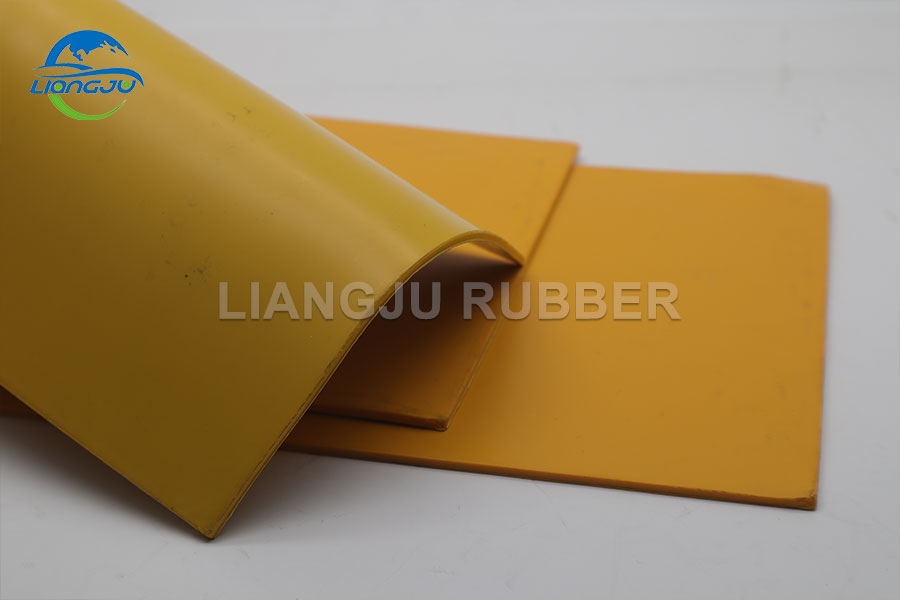Environmental Considerations: The Use and Disposal of SBR Rubber Compound
2024-06-24
The growing awareness of environmental sustainability has prompted industries to scrutinize the materials they use, including synthetic rubbers like SBR (Styrene-Butadiene Rubber). SBR is widely used due to its cost-effectiveness and versatile properties, but its environmental impact from production to disposal is a significant concern. This blog explores the environmental considerations associated with the use and disposal of SBR rubber compound and discusses potential solutions to mitigate its ecological footprint.
Production Impact
1. Raw Material Sourcing
- Petroleum-Based Origins: SBR is derived from styrene and butadiene, both of which are byproducts of petroleum refining. The extraction and processing of petroleum have significant environmental implications, including habitat disruption, greenhouse gas emissions, and potential oil spills.
- Energy Consumption: The production of SBR is energy-intensive, contributing to carbon emissions. Reducing energy consumption and transitioning to renewable energy sources in manufacturing processes can help mitigate this impact.
2. Emissions and Waste
- Air and Water Pollution: The manufacturing process of SBR can release volatile organic compounds (VOCs) and other pollutants into the air and water. Implementing stricter emission controls and waste treatment technologies is essential to minimize pollution.
- Solid Waste: The production process generates solid waste, which needs to be managed effectively to prevent environmental contamination. Recycling and reusing waste materials can reduce the overall waste generated.
Usage Considerations
3. Longevity and Durability
- Extended Product Life: One environmental benefit of SBR is its durability, which leads to longer product lifespans and reduced frequency of replacement. This reduces the overall consumption of raw materials and the waste generated over time.
- Performance in Harsh Conditions: SBR's resistance to abrasion, chemicals, and weathering enhances its suitability for demanding applications, ensuring that products last longer and perform reliably, thus minimizing environmental impact.
4. Recyclability and Reuse
- Potential for Recycling: SBR products can be recycled into new materials or repurposed for different applications. However, the recycling infrastructure for rubber is not as developed as for other materials like metals or plastics.
- Recycled Content: Using recycled SBR in new products can reduce the demand for virgin materials and lower the environmental footprint of production. Encouraging the use of recycled content in manufacturing can drive demand for recycled SBR.
Disposal Challenges
5. End-of-Life Management
- Non-Biodegradable Nature: SBR is non-biodegradable, meaning it does not decompose naturally in the environment. This poses significant disposal challenges, especially for large volumes of waste.
- Landfill Impact: Disposing of SBR products in landfills takes up valuable space and can contribute to long-term environmental issues. Landfills can also generate methane, a potent greenhouse gas, as organic waste decomposes.
6. Incineration Concerns
- Air Pollution: Incinerating SBR products can release harmful pollutants, including dioxins and furans, into the atmosphere. Effective emission controls and advanced incineration technologies are needed to mitigate these impacts.
- Energy Recovery: While incineration can be used for energy recovery, the environmental benefits must be weighed against the potential air pollution and the availability of cleaner energy sources.
Solutions and Innovations
7. Sustainable Alternatives
- Bio-Based Rubbers: Research and development into bio-based rubbers, which are derived from renewable resources, offer a promising alternative to petroleum-based SBR. These materials can potentially reduce environmental impacts and enhance sustainability.
- Green Chemistry: Implementing green chemistry principles in the production of SBR can minimize the use of hazardous substances and reduce waste and emissions.
8. Circular Economy
- Closed-Loop Systems: Developing closed-loop recycling systems for SBR can help ensure that end-of-life products are collected, recycled, and reintroduced into the production cycle. This reduces the need for virgin materials and minimizes waste.
- Product Design: Designing products with end-of-life considerations in mind can facilitate easier recycling and repurposing. This includes using materials that are easier to separate and recycle and designing for disassembly.
Conclusion
While SBR rubber compound is a valuable material in many industrial and commercial applications, its environmental impact from production to disposal cannot be overlooked. By addressing these concerns through sustainable practices, innovative solutions, and a commitment to reducing the ecological footprint, industries can continue to benefit from SBR's properties while promoting environmental stewardship. Moving towards a circular economy, investing in recycling infrastructure, and exploring sustainable alternatives are key steps in ensuring a greener future for SBR and its applications.



